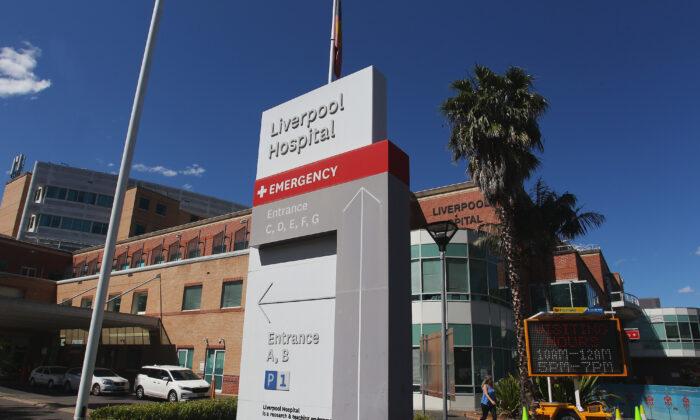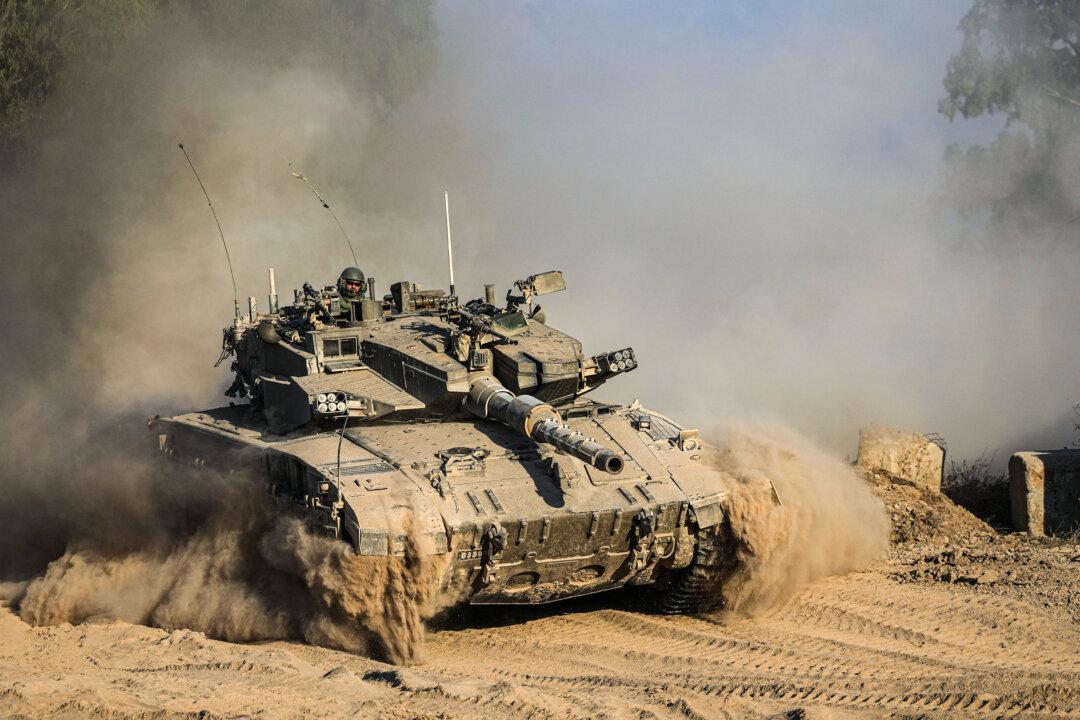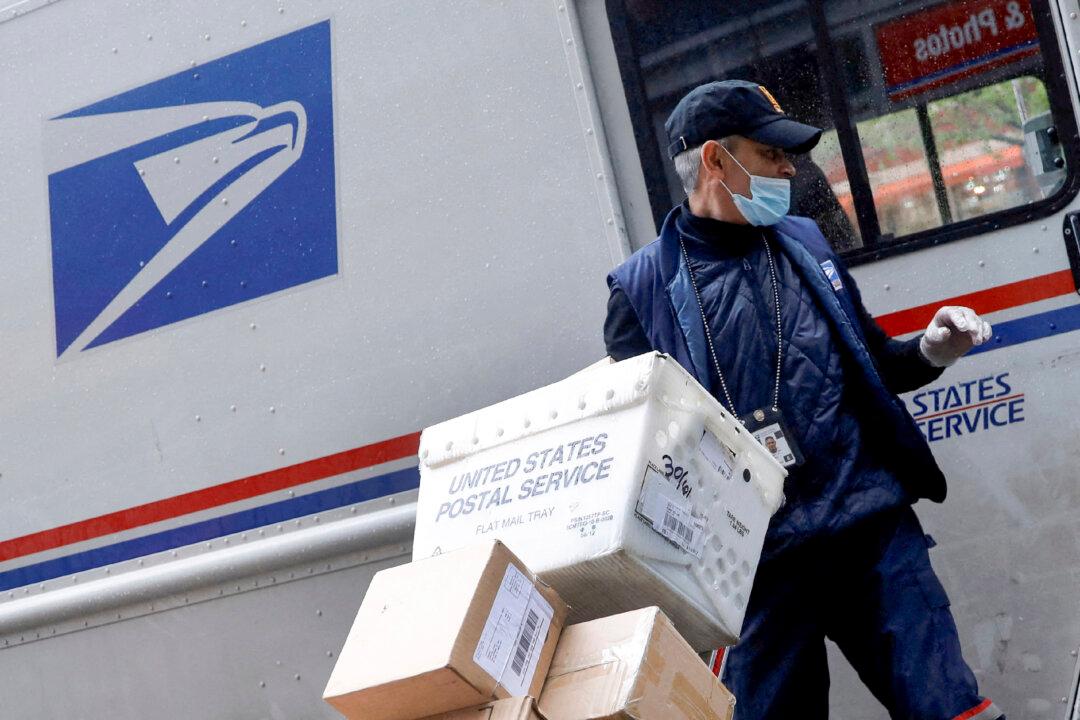Nurses have been retraining to work in intensive care units to help treat the sickest COVID-19 patients in the Australian state of New South Wales (NSW), state officials said on Aug. 31.
Liverpool Hospital ICU Manager Michelle Dowd said there was a “call to arms,” and a lot of nurses had been deployed to her.
“We’re training theatre nurses and recovery nurses to be ICU nurses,” she told reporters on Aug. 31. “Nurses I’ve worked with for the last 30 years are coming back to intensive care.”
“Health professionals really want to help right now,” she added.
Treating COVID-19 patients in the ICU was both physically and emotionally difficult, Dowd said.
“These patients are some of the sickest we’ve ever seen,” she said. “They require so much support and monitoring and physical care. We’re in layers of PPE, sometimes for hours at a time.”
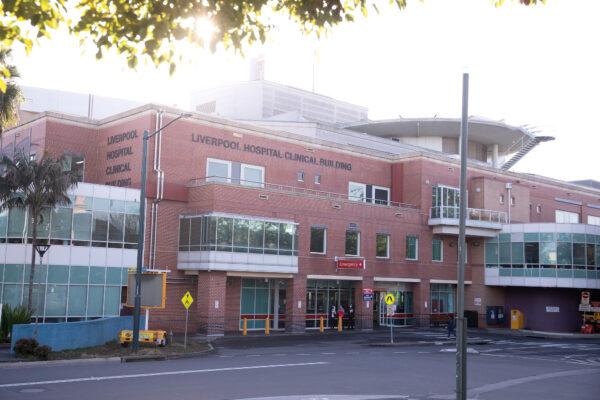
The Liverpool Hospital ICU manager said nurses normally work very closely with the families of intensive care patients, but ICU patients with COVID-19 can’t have visitors.
“Every day, we’re communicating with families over the phone and by video call to connect them,” she said.
When a COVID-19 patient is about to die, their family can only communicate with them via video chat.
“We‘ll hold the patient’s hands, and we’ll provide as much care and comfort and support as we possibly can. We know this is really hard for families,” Dowd said.
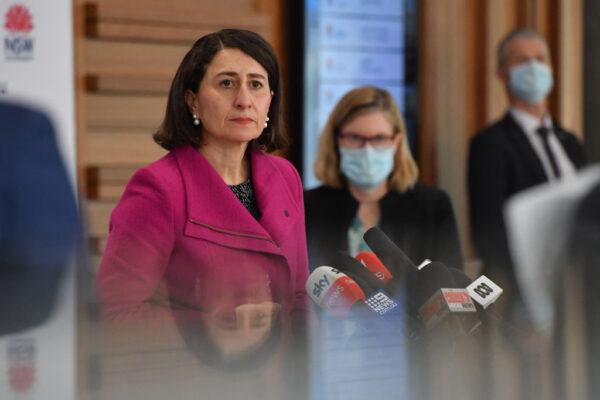
NSW Premier Gladys Berejiklean said, “I can’t thank enough our nurses across the state. Please know you’re deeply appreciated.”
The NSW government has reported that 67 percent of residents have now received their first dose of a vaccine against the CCP virus, with the premier urging people to get immunised in order to be granted more freedoms.
Once this figure reaches 70 percent, Berejiklean said the state would allow more freedoms to those who are fully vaccinated, while at 80 percent, international travel becomes a possibility.
“How wonderful would it be to welcome back Aussies who want to be reunited with their families by Christmas?” she said.
NSW recorded 1,164 new locally acquired cases of COVID-19 in the 24 hours to 8 p.m. on Aug. 30 and three deaths related to the virus. The deaths included a woman in her 50s with underlying health conditions, a man in his 80s and a man in his 90s. Each had not been vaccinated for the CCP virus.
NSW Chief Health Officer said there were 871 people in hospital due to the CCP virus, with 143 in intensive care, with 58 who require ventilation.
